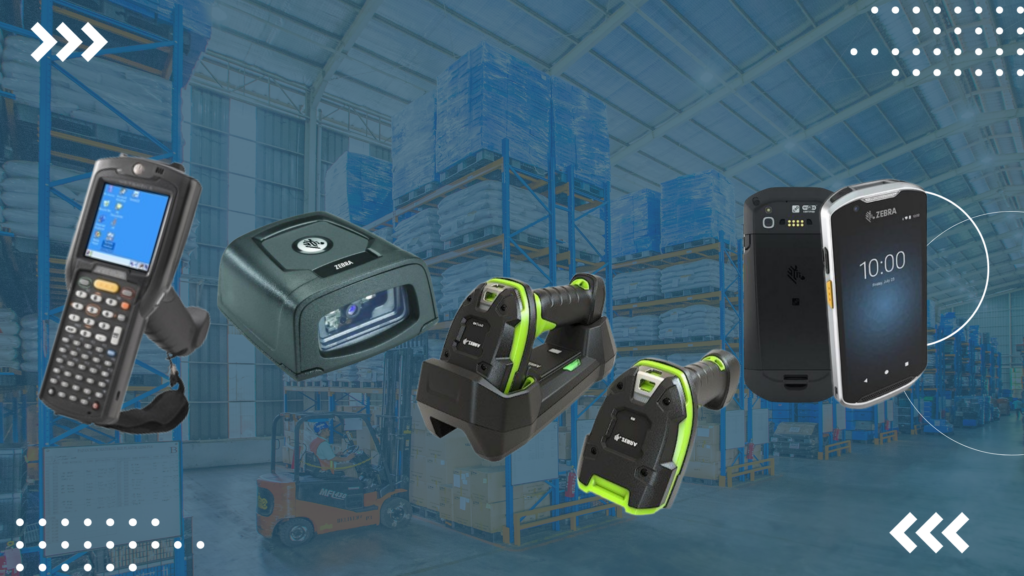Large construction companies are under increasing pressure to deliver projects faster, with fewer delays and less variability between crews. Many organizations are adopting material kitting programs as part of a broader shift toward prefab, warehouse centralization, and more controlled distribution of materials to job sites. As project portfolios grow, the ability to prepare consistent, predictable material packages becomes a competitive advantage. Barcoded kitting is emerging as a key piece of that strategy.
Why Kitting Is Expanding in Large Construction Organizations
Kitting has become more common as construction teams handle more complex projects with stretched labor resources. Many firms now operate dedicated warehouses or prefab shops where materials are sorted, organized, and prepared in advance for installation. This approach reduces waste, standardizes workflows, and allows field teams to stay focused on installation rather than searching for components.
Prefab adoption also contributes to the rise of kitting. As more assemblies are built offsite, construction companies need reliable ways to stage and label these assemblies so they arrive complete and ready for installation. With multiple projects running at once, consistent labeling and verification become essential.
What Material Kitting Means for Enterprise Construction Operations
In a large construction warehouse, kitting involves assembling job specific or task specific bundles that contain exactly what crews need for a particular scope of work. These kits may support rough in, interior finish phases, infrastructure installations, or standard operations across repeatable units. Examples include:
- Mechanical and electrical rough in kits
- Room specific packages for multi unit builds
- Hardware, consumable, and fastener kits
- Prefabricated assembly batches labeled for specific install areas
These kits help warehouse teams maintain consistency, reduce picking variability across shifts, and deliver predictable material packages that crews can put to work immediately. For large firms, this consistency strengthens scheduling, procurement planning, and overall coordination.
Where Large Construction Warehouses Experience Breakdown Without Barcoding
Even well organized warehouses encounter issues when kitting at scale. Common problems include incomplete kits, incorrect items packed, or last minute substitutions that do not get communicated to the job site. Once the kit leaves the warehouse, it often becomes difficult to verify what is inside without opening and inspecting it manually.
Other challenges include:
- No visibility into kit accuracy after packing
- Limited tracking of partial kits or replacements
- Delays when job sites discover missing items
- Difficulty forecasting future demand for multiple active projects
- Waste from over ordering due to inaccurate consumption data
Without traceability, materials move through the organization with no reliable chain of custody. This creates unnecessary costs, slows down installation, and forces field teams to spend time resolving material discrepancies.
How Smart Barcoding Improves Material Kitting at Scale
Barcode Verified Picking and Assembly
Barcodes allow warehouse teams to scan each item as it is placed into a kit. This prevents packing mistakes, supports consistent quality across shifts, and ensures that high volume kits remain identical from project to project.
Verified Shipment and Jobsite Receipt
When a complete kit leaves the warehouse, barcodes confirm that it is accurate and ready for delivery. When it arrives onsite, crews can quickly scan to confirm that everything has arrived. This reduces back and forth communication and gives teams confidence that the right materials are available before installation begins.
Real Time Inventory Updates Across the Organization
Barcoded kitting automatically adjusts inventory levels as items are packed. This helps procurement and logistics teams understand which materials are in high demand and where stock levels need to be replenished. Large firms running many simultaneous projects gain clearer visibility into organization-wide inventory health.
Transparent Material Consumption
Barcoded kits help track which jobs use which materials. Over time, operations teams gain insight into consumption patterns, which supports better forecasting and more accurate job costing. This visibility reduces over ordering and strengthens material planning.
Chain of Custody from Warehouse to Install Area
Barcodes allow organizations to track kits as they move through trucks, laydown yards, staging rooms, and into final installation zones. This clarity improves accountability and ensures that materials do not get lost as they move through complex project environments.
Why Barcoded Kitting Supports Lean and Prefab Workflows
Lean construction emphasizes reduced waste, smoother workflows, and predictable movement of materials. Barcoded kits help support these goals by delivering complete, accurate packages that crews can use without interruption. Prefab installations also benefit because assemblies can be labeled, tracked, and delivered in the exact sequence required for installation.
Kitting reduces unnecessary motion, cuts down on rework, and helps maintain consistent installation quality across multiple job sites. For companies managing large project portfolios, this level of predictability strengthens schedules and supports reliable field execution.
The Jobsite Impact for Enterprise Construction Teams
When barcoded kits arrive onsite, crews can begin work immediately. Fewer delays occur, and teams spend less time locating materials or waiting for resupply. Project managers and superintendents gain clearer visibility into material readiness, and installation becomes more repeatable across crews.
How Large Construction Organizations Can Get Started
Implementing barcoded kitting does not require a disruptive overhaul. Many companies begin with a single high volume kit, such as rough in components or hardware assortments. From there, they standardize kit contents, apply barcodes during picking, and use mobile scanning at receiving. Over time, the process expands to support prefab assemblies and more complex workflows.
Barcoded material kitting is becoming an essential strategy for large construction companies that want to reduce delays, streamline installation, and gain better control of materials. As more organizations adopt prefab and centralized warehouse operations, barcoded kits provide the structure and traceability needed to support consistent, efficient field execution.


